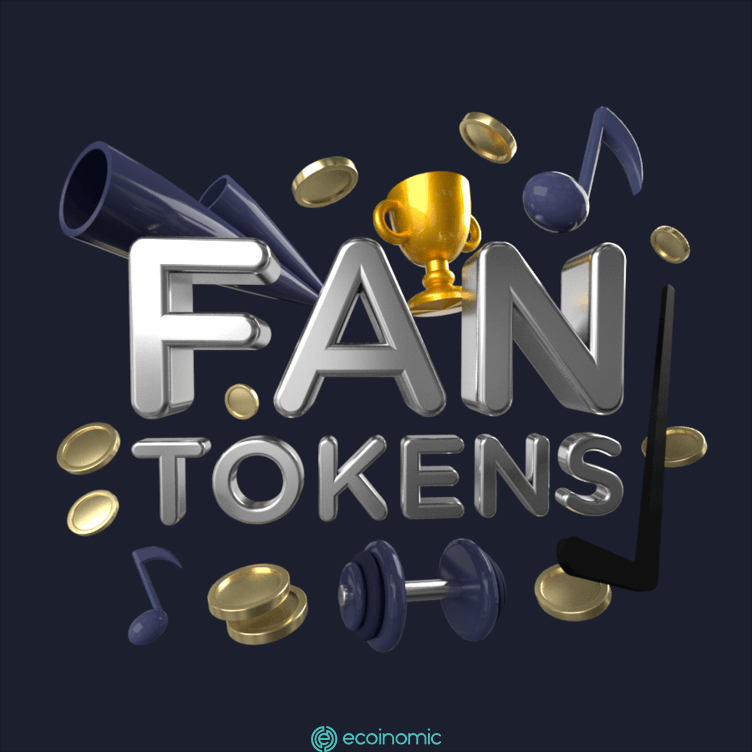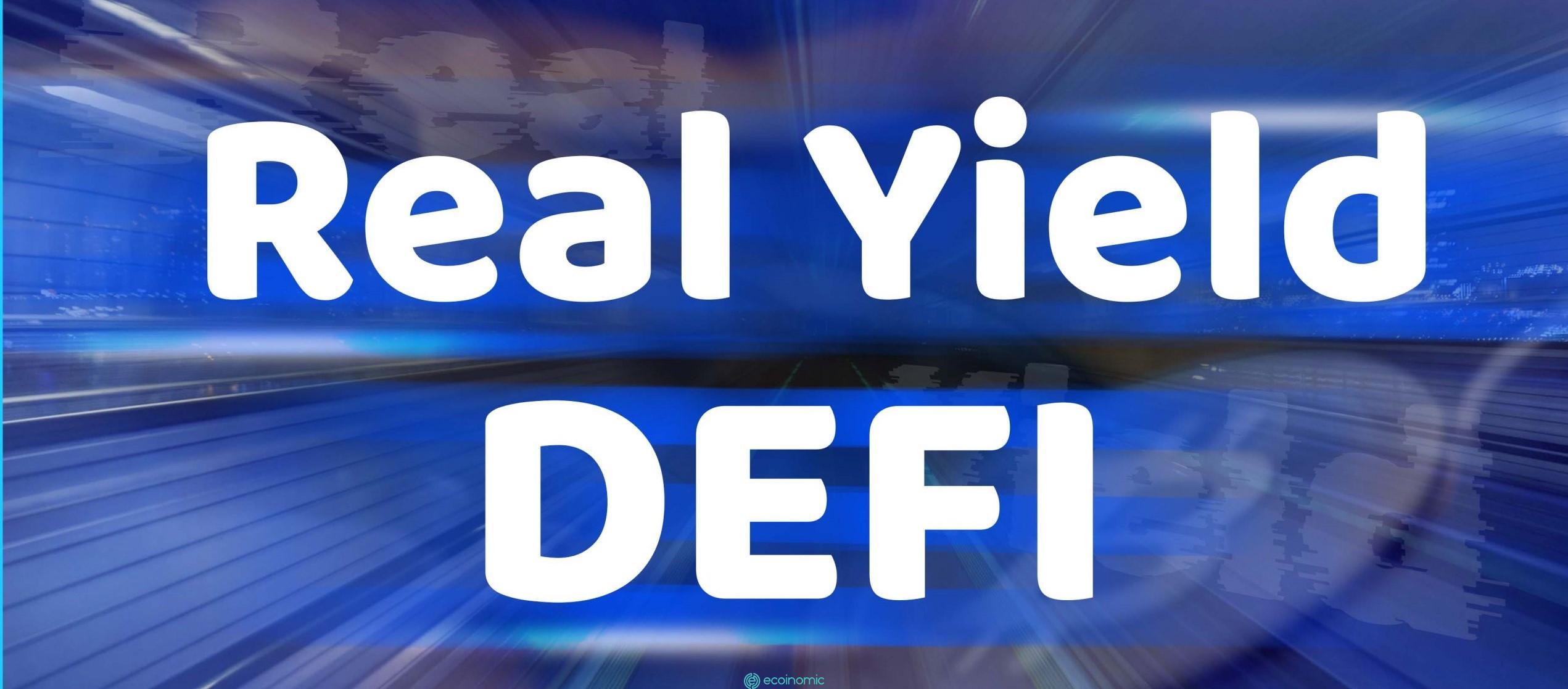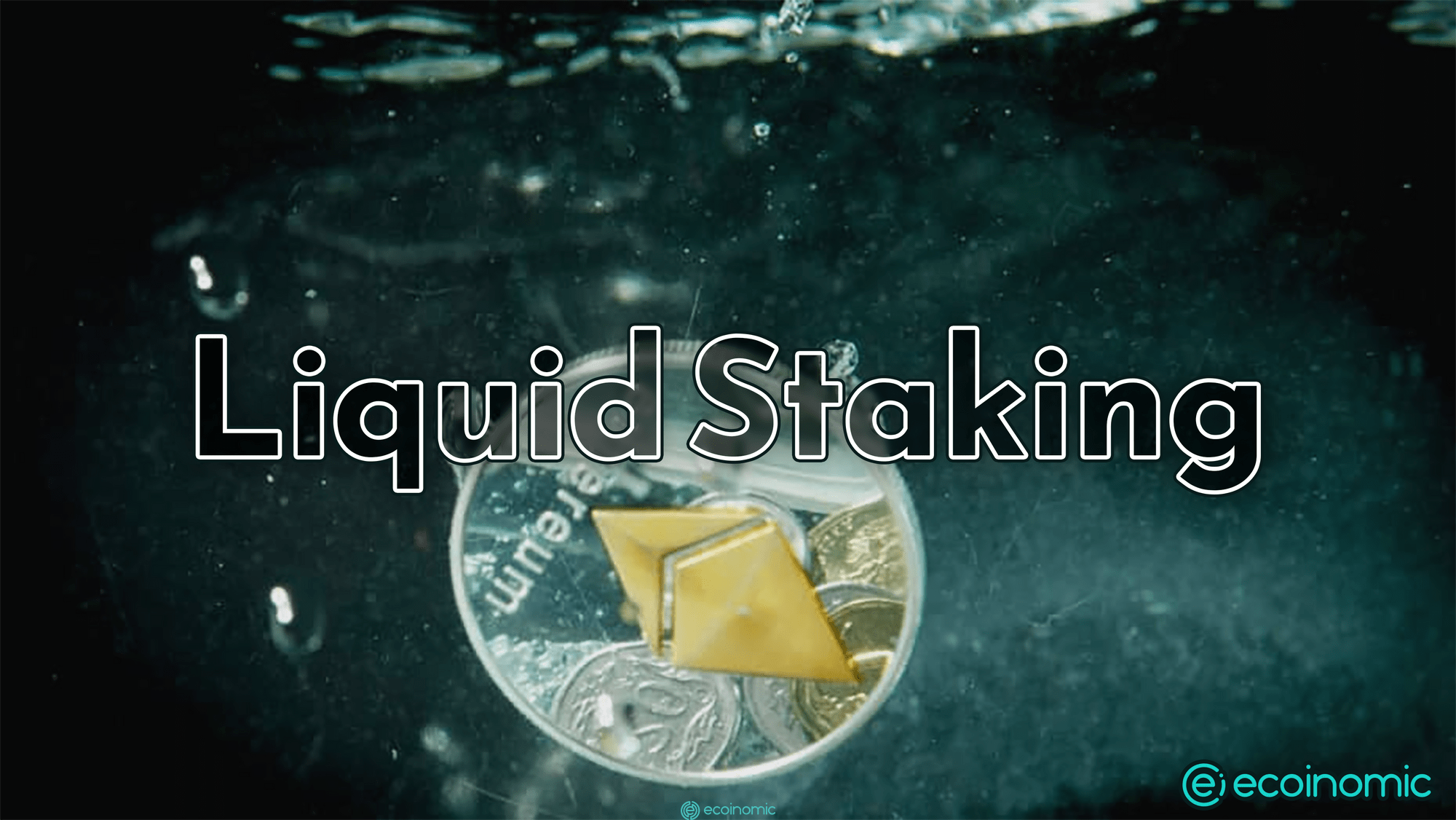Advertisement
The idea of a Modular Blockchain is increasingly attracting the attention of fans. This idea is built on the infrastructure and scalability of the Layer 1 blockchain. So precisely what is Modular Blockchain, and why is Modular Blockchain considered the future of blockchain? Let’s find the answer with Ecoinomic.io in the article below.
What is Modular Blockchain?
Simply put, Modular Blockchain is a network that shares all tasks (activities performed) for multiple interconnected networks to optimize performance and increase scalability many times. Tasks on blockchain layers include:
- Execution: This is the layer where transactions and status change (such as changing wallet balances). Users interact with this layer through transaction margin operations, money transfers, and Smart contract deployments…
- Settlement: This is an optional layer on the Modular Blockchain that verifies and resolves rollup transactions.
- Consensus: The layer provides order and finality through a full note network that downloads and deploys the block’s content, and reaches a consensus on the validity of state transitions.
- Data Availability: The layer contains data that has been confirmed as valid.
At the present time, there is no blockchain that is Modular Blockchain. However, Ethereum has plans to become a modular blockchain in the future.

The Problem of the Current Blockchain – Monolithic Blockchain
A regular blockchain must ensure the following three properties:
- Scalability: System throughput, number of transactions processed per second (TPS)
- Decentralization: Number of Nodes in the network, no centralized power in a small group
- Security: The difficulty of attacking the network
However, if a blockchain ensures decentralization and security, it cannot be scaled due to the need to maintain security. Therefore, this blockchain can only provide a limited throughput.
Similarly, if a blockchain is scalable and decentralized, there is a high probability that it will be insecure because there will be barriers to the operation of validators.
And if a blockchain is scalable and secure, then there is a high probability that it will not be decentralized.
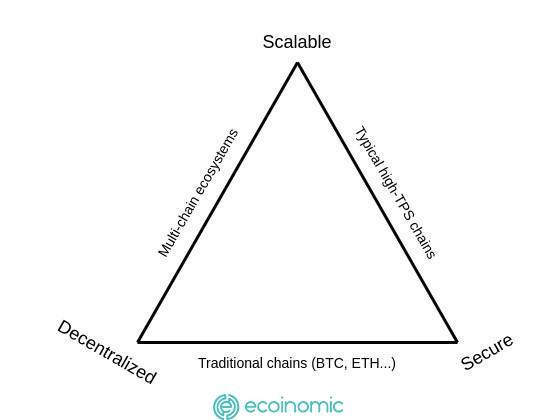
The majority of blockchains are unable to satisfy all three of the above issues. Even large blockchains like Bitcoin or Ethereum strive to remain decentralized and secure, and at the expense of not being able to scale.
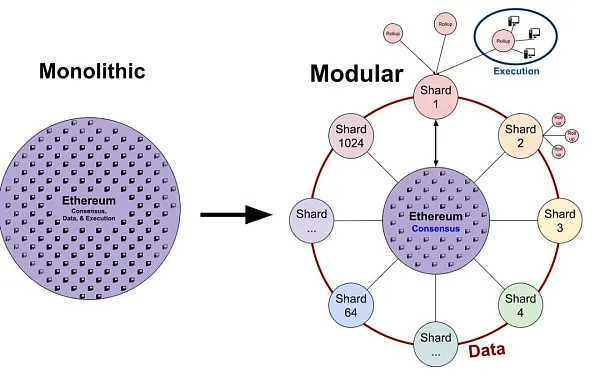
Another problem with the current blockchain is that they are not economically sustainable. At the time of The Merge Ethereum event, this blockchain still operates under the PoW mechanism and is a network that is often congested, high transaction fees also make it difficult for users.
A simple way to solve this problem is to expand block space. But this will put pressure on the validators available on the network, thus affecting decentralization. And when no solution is implemented, users will have to pay “exorbitant” gas fees for simple transactions. This problem is twofold:
- The upside: Blockchain will be completely secure and secure.
- Negative side: Affecting the economic viability of the blockchain, forcing users to look for alternatives, could be another network.
Optimizing to create a blockchain that meets all three of these issues is too difficult. And that’s why network developers are starting to look to external solutions, such as shards or rollups. From here, modular blockchains were born and changed the design of the entire blockchain space.
Elements of a Modular Blockchain
One of the important things to note in modular blockchains is that it differentiates the three aforementioned issues instead of doing it at the same time on layer 1. The idea is to make the system more efficient by expanding blockspace, narrowing validators to focus on shards, and thus increasing the throughput of the network exponentially.
As can be seen, the problems of Monolithic Blockchain are effectively solved by the Modular Blockchain model. That’s the theory, so how do we make it happen?
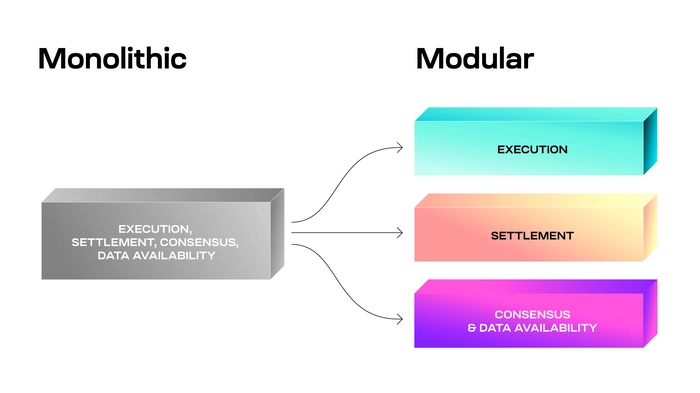
Execution
The execution layer aims to increase the throughput of the network. In Modular Blockchain, Layer 1 isn’t the only place to make transactions. In fact, transactions are split between L1 and rollups.
Rollups are an additional execution layer for L1. They operate on the assumption that they cannot change the underlying infrastructure of L1. That is, it does not assume any security for transactions on its own and may decide to resend these transactions in batches to L1. The network will then add those transactions to the blocks.
Rollups effectively reduce the burden on L1 without compromising the decentralization of the network. As mathematician David Hoffman said, you can think of them as “compression” agents for the blockchain – similar to compressing files on a computer. This significantly increases the efficiency of the blockchain.
Data Availability
Sharding is the core element of the network that scales exponentially without compromising decentralization or security. On the Ethereum blockchain, for example, when splitting the data layer, validators on the network will spread to smaller networks.
These smaller networks then verify various transactions on the blockchain. This effectively increases the block space on that chain, thus increasing the overall throughput of the network.
When dividing these validators into smaller groups/networks, they are called committees. Vitalik said in his blog about Sharding in a simple way: validators are “randomly split” to make incoming transactions.
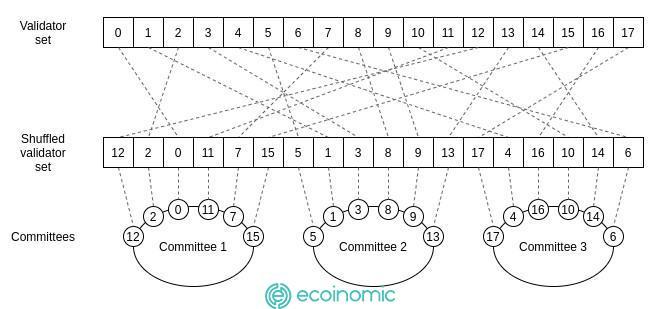
At a basic level, validators in the entire PoS network only need to verify signatures that validators in committees have verified without verifying the entire transaction. For example, if there are 100k validators out there and there are 100,000 validators, it would only be necessary to verify 100k signatures instead of verifying all blocks signed by those validators.
When combining sharding with rollups, the scalability of the network increases. If batches of transactions are being processed by rollups and verified by them, not only is the block space expanding rapidly, but the TPS is also greatly increased. This combines with the overall throughput of the blockchain without compromising decentralization or security.
Consensus
The Pos mechanism supports Modular Blockchain in a very simple way:
In PoW, the security of the network depends on the hardware that miners use. The more complex the hardware, the more likely it is to solve the complex mathematical operations that help blockchain survive. Therefore, miners are forced to invest in expensive equipment, but over time they will be outdated and forced to be capable.
However, in PoS, security is the economic factor that users decide to lock or link to the network themselves. In this mechanism, users only need to create a node and send the minimum amount needed to participate in the staging process. Therefore, PoS makes it much easier for a set of validators to participate in the consensus mechanism of the network than PoW.
See also: What is a consensus algorithm?
Why is Modular Blockchain considered the future of blockchain?
As mentioned above, one of the biggest benefits of Modular Blockchain is the ability to divide different tasks into segments. The division of tasks helps blockchain scale without compromising security. As the block space increases with data segments and rollups increase the network’s sustainable scalability in the context of decentralized multi-chaining, so does the network’s throughput.
All of this can be done with the PoS blockchain, which significantly reduces the barriers to participation in the chain compared to the PoW blockchain.
Besides, Modular Blockchains can still own the same sovereignty as layer 1 despite operating on multiple layers. This allows the network to respond quickly to attacks and update upgrades without the permission of any underlying network. Essentially, sovereign blockchains will maintain consensus to make important decisions, which is one of the most important aspects of the network.
Limitations of Modular Blockchain at the present time
Despite the ability to solve all three problems of the Monolithic blockchain as mentioned above, there is no denying that the Modular Blockchain still carries significant risks. The process of redesigning the network according to the Modular model is a long process, which cannot be completed in a day or two.
According to the plan, it will not be until 2023 that the blockchain leads the transition to Modular, and Ethereum will reach the sharding stage.
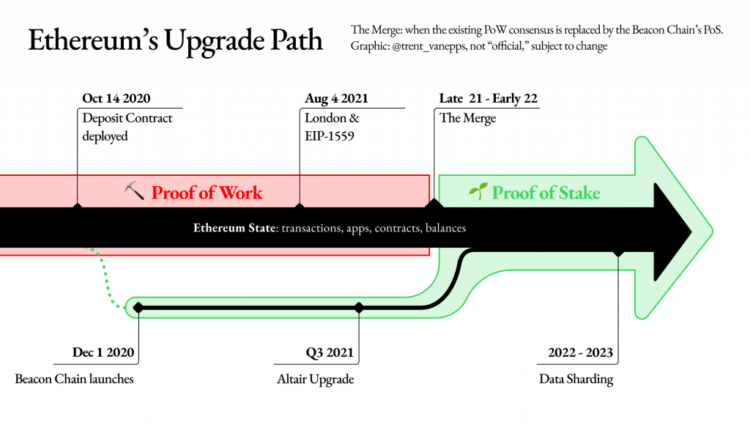
Modular Blockchain’s rollups solutions are still in their early stages and still have many limitations. Besides, taking into account that all activities are done smoothly, it also takes a considerable amount of time to attract users to the network. This process always presents significant risks that could disrupt the development of blockchain.
Moreover, all the capabilities of Modular Blockchain mentioned above are only theoretical and have not really been applied in practice.
Controversies Surrounding Monolithic Blockchain and Modular Blockchain
These two blockchain models have been the talk of many technology forums in recent times. Everyone has their own views and judgments. However, standing in a neutral position, we can evaluate the following:
- The most important attribute of blockchain is decentralization, i.e. power belongs to the user and not to a third party. To achieve this, Modular Blockchain is the most appropriate solution at the moment.
- Current Monolithic networks are not completely decentralized but are focused on optimizing the user experience. And there’s no denying that this kind of network is still heavily speculative.
- In the short term, the Monolithic blockchain remains the predominant and dominant network. Currently, the number of participants in the cryptocurrency market is not much, regardless of which network has a diverse and attractive ecosystem that will attract investment and cash flow.
- However, in the long term, as the cryptocurrency market grows and more and more people are involved in investing, the decentralized factor comes first. If during development, Modular Blockchain does not encounter any problems, there is a high probability that this blockchain model will be an alternative to the current network model.
At the moment, Monolithic Blockchain such as Solana, Polygon, BSC, or layer 2 Rollups on the Ethereum network. These networks still maintain the network points. And the security problem will be responsible for layer 1 Ethereum.
See also: What Is Arbitrum? The flagship in the expansion of etherum
Conclusion
Objectively, cryptocurrencies and blockchain technology have undergone a long development journey with many difficulties. The more technology develops, the more new problems arise, and blockchain developers and the crypto community are still working hard to find solutions to those problems.
Therefore, there is no dispute that the future of blockchain technology lies ahead with the formation and development of Modular Blockchain and further optimal solutions. And investors have no hesitation in setting long-term goals in the cryptocurrency market.

